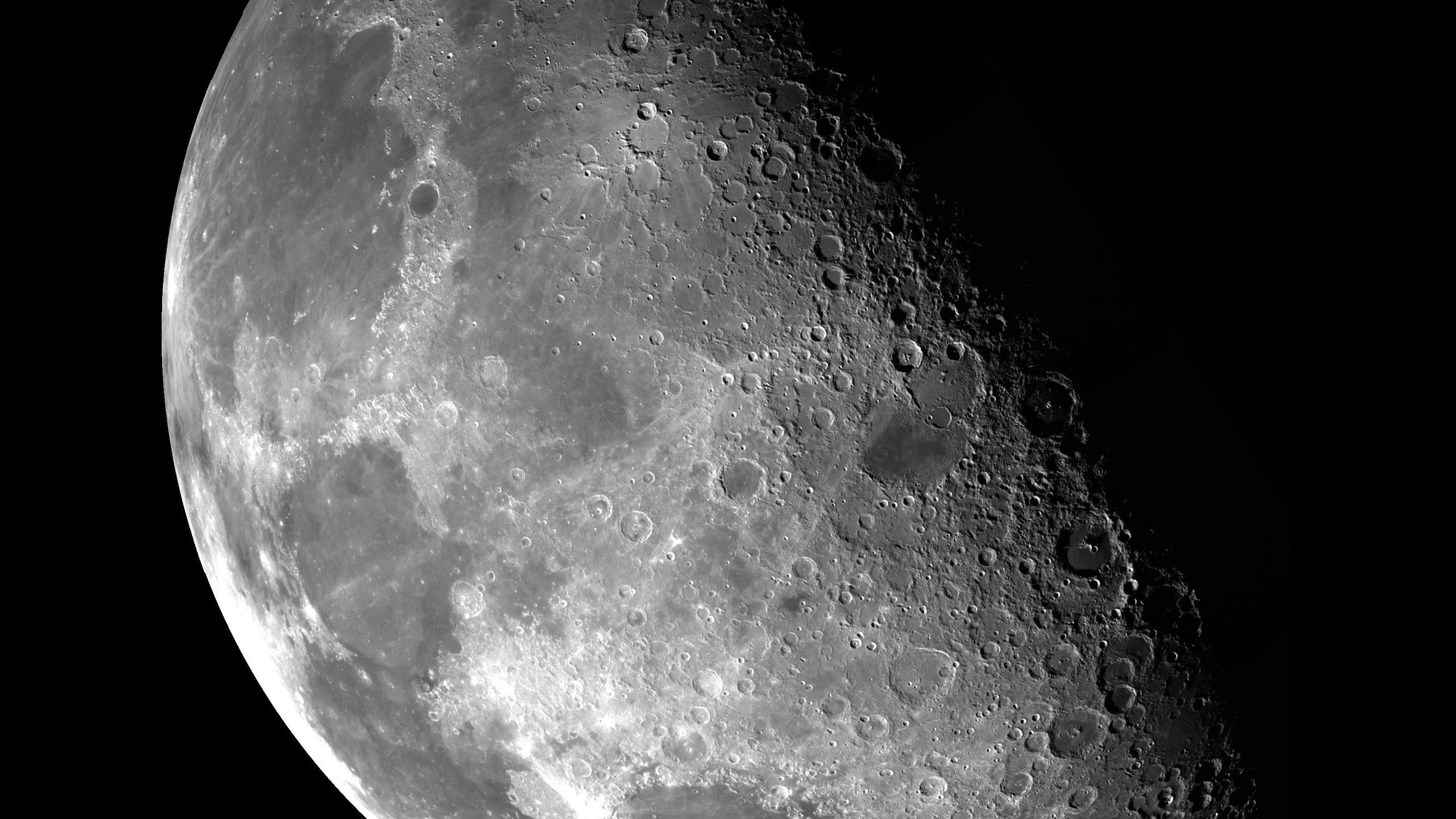A ‘wobble’ in Moon’s orbit will cause
devastating floods in areas along coastlines in the 2030s, according to a
National Aeronautics and Space Administration (NASA) study. The US coastline
will be the worst affected, the study found.
NASA administrator Bill Nelson said that
low-lying areas near the sea are increasingly at risk and will suffer the most
due to more flooding events.
While flooding caused due to lunar cycle is
common, the frequency of high tides will increase mainly due to heating as a
result of climate change, said Nelson.
Also Read | NASA, European Space Agency team to combat climate change
“The combination of the Moon’s gravitational
pull, rising sea levels, and climate change will continue to exacerbate coastal
flooding on our coastlines and across the world,” said the NASA administrator.
The US Atlantic and Gulf
coasts frequently face high-tide floods. Commonly called sunny day floods or nuisance
floods, these were never considered a threat. More than 600 such floods were
experienced along US coasts in 2019.
Also Read | Authorities struggle as high temperatures and wild fires rage in US, Canada
Phil Thomson, the lead author of the
study that was published in Nature Climate Change, said that starting in the
mid-2030s, the alignment of rising sea levels with a lunar cycle will cause coastal
cities all around the US to begin a decade of dramatic increases in flood
numbers.
The decade-long flooding event will
occur every day or two and in clusters, which may last a month or longer,
depending on the positions of the Moon, Earth, and the Sun, the study says.
Also Read | US-Russia vow cooperation on climate change amid strained relations
According to NASA’s website, when the
moon makes its elliptical orbit, its velocity varies and alters causing our
perspective of the ‘light side’ to appear at slightly different angles. This is
called the Moon’s wobble or how it appears to our eyes.
A regular wobble in the Moon’s orbit
takes 18.6 years to complete. Such a wobble is common and was not considered
dangerous so far, according to NASA who first reported a wobble in 1728.
Also Read | Record breaking heatwave killed a billion sea animals off Canada’s coast
The new aspect is how one of the wobble’s
effects on the Moon’s gravitational pull — the main cause of the Earth’s tides
— will combine with rising sea levels resulting from the planet’s warming.
“It’s the accumulated effect over time
that will have an impact,” said Thompson, assistant professor at the University
of Hawaii.







